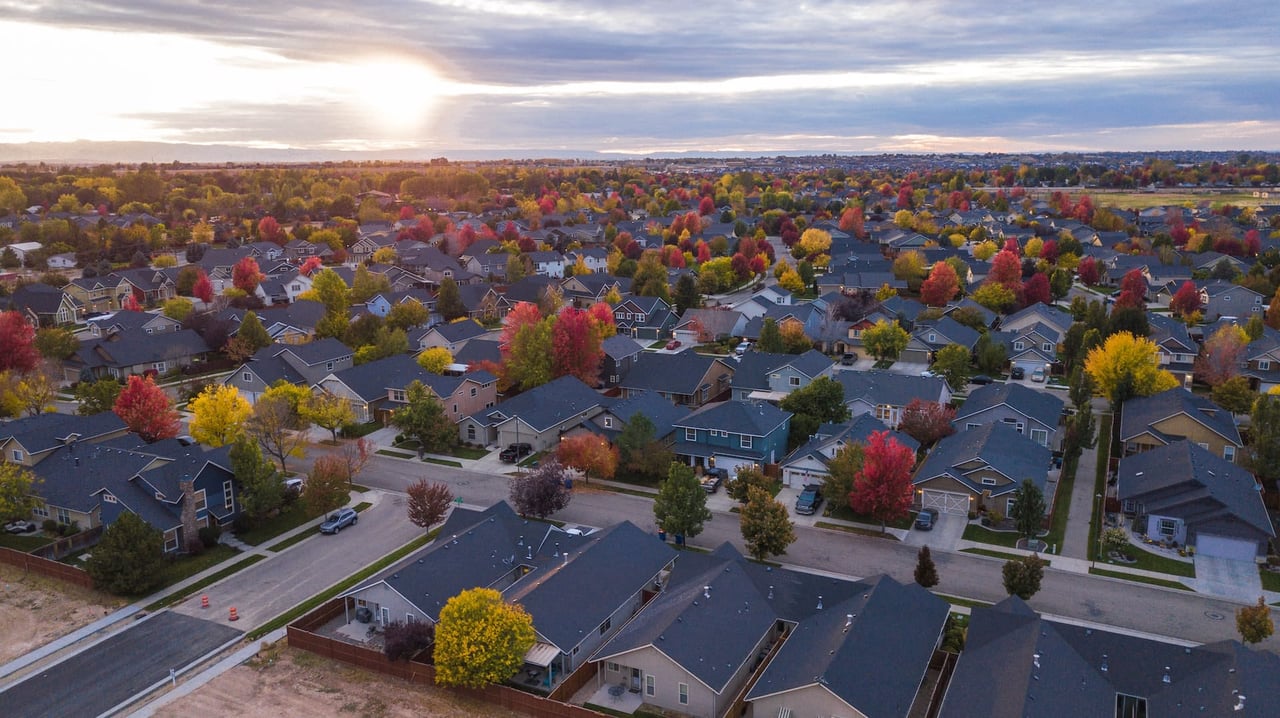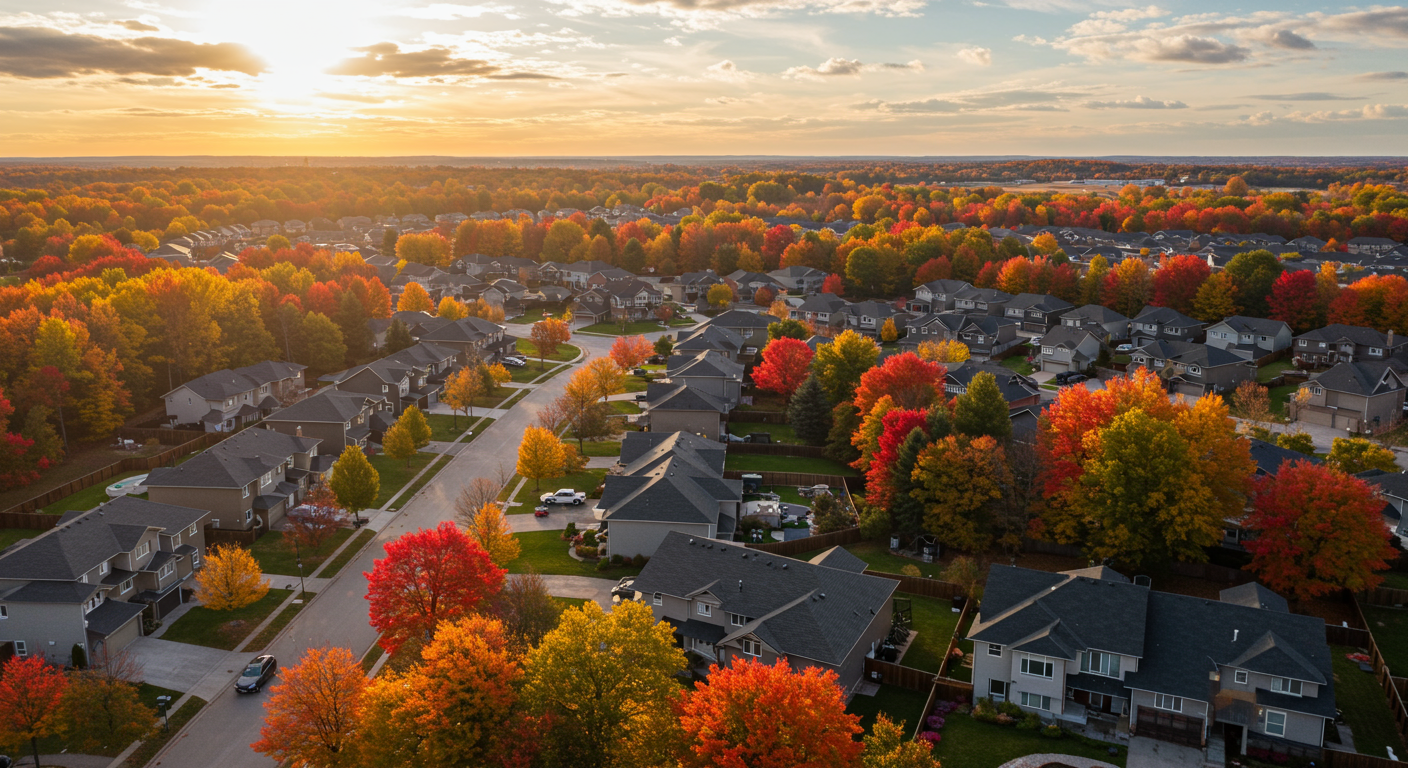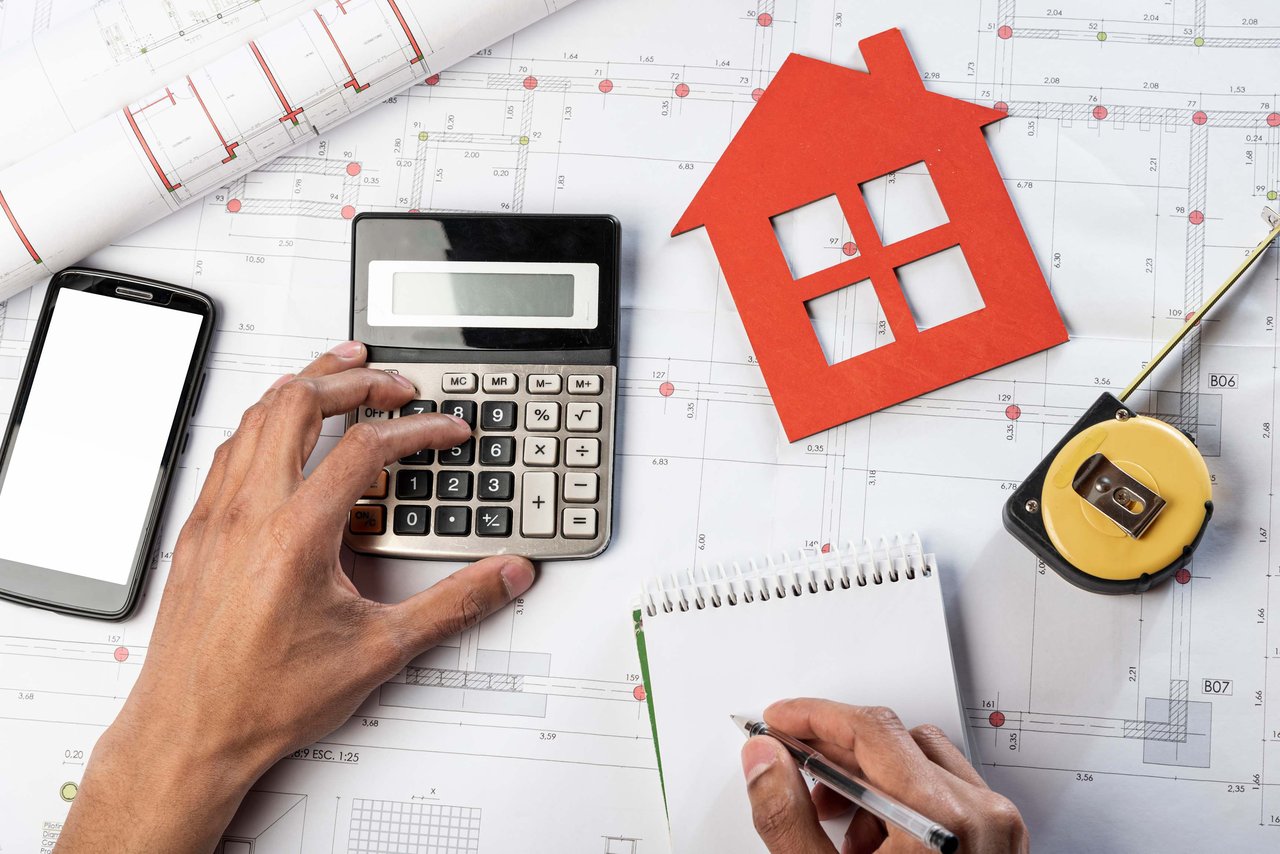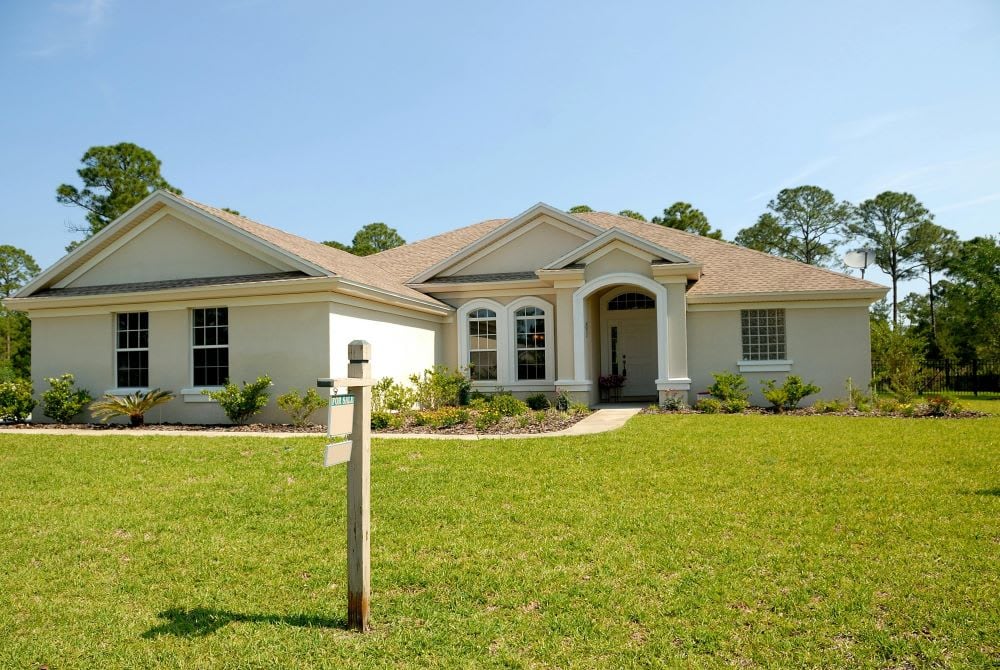How Community Development Affects Property Values
October 30, 2023

October 30, 2023


Join us as we explore the intricate relationship between community development and property values in this examination of their interplay. We’ll explain how community development affects property values so you can account for this in your plans!
Infrastructure plays a pivotal role in how community development affects property values. Well-maintained roads, bridges, and public transportation networks improve residents' daily lives and enhance a neighborhood's appeal to potential buyers. A smooth commute to work, schools, and essential amenities can significantly boost a property's desirability. Moreover, access to reliable utilities, such as electricity, water, and internet services, is a key consideration for homebuyers. These infrastructure elements contribute to a higher standard of living and increased home values in the long run. Well-connected neighborhoods often command higher prices in the real estate market as buyers recognize their convenience. That's why it's sometimes necessary to include these features when photographing your property for sale. Highlighting nearby infrastructure can be a compelling selling point, attracting potential buyers seeking a hassle-free lifestyle.
More developed neighborhoods are also much better organized.
Access to essential services like healthcare facilities, schools, and grocery stores enhances the overall appeal of a neighborhood. When potential buyers see that they can conveniently access these necessities, it adds value to the home. In addition, having great local services, like professional cleaners or movers, can be another attractive selling point. These amenities contribute to a higher quality of life and attract buyers who seek a balanced lifestyle. Every homebuyer loves it when moving from New Jersey to California is made simple, and you can easily team up with interstate movers. Emphasizing these services and amenities when marketing a property can set it apart from the competition, making it more appealing to prospective buyers looking for convenience and a well-rounded community experience.
Educational opportunities are critical in assessing a neighborhood's desirability and its impact on property values. The quality of schools within a community holds immense sway over homebuyers' decisions. Areas with well-rated schools tend to attract families, which can naturally boost your property's value if you are selling your empty nest. The reputation of local schools often translates into higher demand for homes, leading to increased property values. Plus, educational institutions contribute to the overall development of a community, fostering a sense of pride and investment among residents. Homes in such neighborhoods appreciate in value and tend to sell faster, making educational opportunities a significant consideration for buyers and sellers alike.
Neighborhoods with worse schools even suffer from worse transportation to them!
Parks, trails, and open areas enhance residents' quality of life and contribute to a community's aesthetics and overall charm. Such spaces offer outdoor activities, exercise, and relaxation opportunities, making the neighborhood more enticing to prospective buyers. Moreover, reliable companies like evlmoving.com emphasize recovering from stress after a move, and facilities and parks like these make that much easier. So, this makes them a great selling point as well. Finally, these spaces serve as communal gathering points, fostering a sense of community and neighborly connections.
Parks and greenery make even dull moments a bit more enjoyable.
Transportation accessibility is a key determinant of a neighborhood's attractiveness, and its influence on property values cannot be overstated. Easy access to public transportation, well-maintained roads, and proximity to major highways are all factors that potential homebuyers consider when evaluating a home’s worth. Commute times and convenience also play a crucial role in decision-making. Homes located in areas with efficient transportation systems tend to be more desirable and, as a result, command higher prices. Furthermore, improved transportation options can boost the overall economic development of a neighborhood, attracting businesses and creating job opportunities. This positive cycle further enhances the neighborhood's appeal. As such, when marketing a home, emphasizing its accessibility to transportation hubs and networks can be a compelling selling point.
Gentrification, the transformation of a neighborhood through reinvestment and development, can have complex effects on home values. While it can lead to increased values in the long term, it often raises concerns about displacement. As neighborhoods improve, home values rise, and this can result in long-time residents being priced out of their homes. So, gentrification can bring opportunities and challenges, naturally impacting your real estate journey. It's essential to consider the social and ethical dimensions of gentrification when buying or selling property in changing neighborhoods, as it can influence not only your investment but also the well-being of the community. Striking a balance between growth and inclusivity is, therefore, key.
Government and policies are instrumental in shaping the landscape of property values and real estate markets. Government initiatives, such as incentives for affordable housing, tax policies, and zoning regulations, can significantly impact home values. Policies to improve infrastructure, transportation, and public services can also make a neighborhood more attractive to buyers, increasing house values. On the other hand, restrictive zoning regulations can limit property development and, in turn, have a negative impact. Additionally, fiscal policies, including property tax rates, can impact homeowners' expenses and willingness to invest in real estate. So, understanding the interplay between government actions and property values is essential for real estate professionals and homeowners alike.
The intricate dynamics of how community development affects property values underscore the importance of considering broader factors when navigating the real estate market. As we've seen, infrastructure, amenities, safety, education, green spaces, transportation, cultural developments, and government policies all play pivotal roles. So, understanding these connections empowers buyers and sellers to make optimal choices!
Picture Links:
https://unsplash.com/photos/an-aerial-view-of-a-neighborhood-with-lots-of-houses-4nuCGapo4Zs
https://unsplash.com/photos/aerial-view-of-city-during-daytime-dvurMDsj09Y
https://pixabay.com/photos/back-to-school-school-pen-pencil-183533/
https://pixabay.com/photos/bus-stop-waiting-bus-72171/
Stay up to date on the latest real estate trends.

Alexander Narodny | December 17, 2025

August 4, 2025

September 24, 2024

September 3, 2024

August 12, 2024

July 23, 2024

July 8, 2024

July 2, 2024

May 29, 2024
You’ve got questions and we can’t wait to answer them.